Accidents happen – it's true, but they don't always have to. We're sharing the statistics and rough cost ranges of some of the more common pet emergencies below because, for many pet owners, costs are a large factor in the amount and type of care their pets are able to receive.
Prevention isn't always possible, but it often is – and it's often as simple as having prior awareness and taking simple precautions. The goal of Preventive Vet is to help save cats' and dogs' lives, so have a look here and then browse around the rest of the site to find articles and resources that can help you keep your pets healthy, happy, and safe.
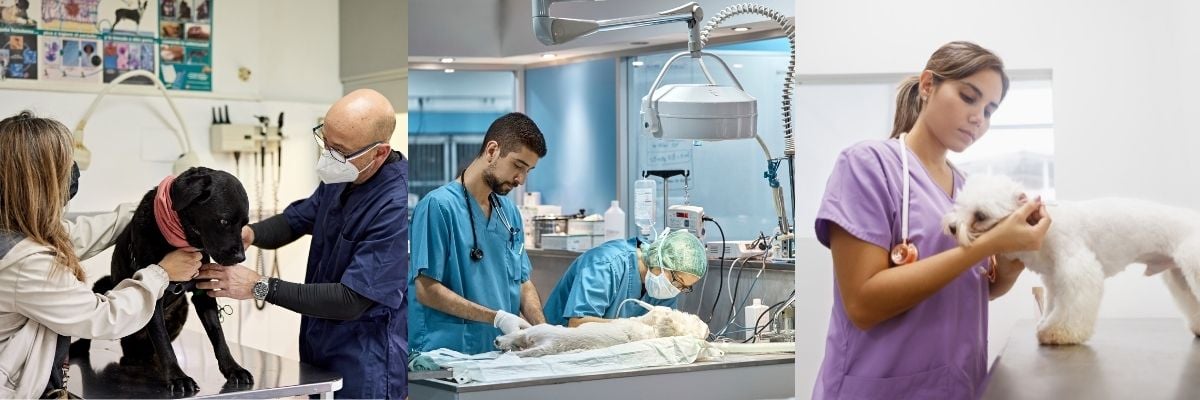
Nationwide, vomiting and diarrhea are routinely among the top 10 reasons that pets are brought to the veterinarian for emergency evaluation and treatment.
These are in fact just the outward signs of any number of potential underlying problems – including irritation or obstruction of a pet's intestinal tract, ingestion of a poisonous substance, dysfunction of one or more internal organs, and a variety of others. Many of the most common causes of vomiting and diarrhea in pets can be easily prevented.
There are no official statistics kept on the subject, but based on the frequency with which they are seen in emergency rooms across the country, it is safe to assume that there are tens, if not hundreds, of thousands of cats and dogs injured or killed in road traffic accidents each year in this country.
Equally as important are the accidents that unleashed dogs and outdoor cats cause each year, many of which result in significant injury or even death to people.
Several sources estimate that the life expectancy of an outdoor cat is only 2–5 years. By contrast, the life expectancy of an indoor-only cat is nearer 12–18 years (even up to 20 years!). Amongst other things, cats that go outdoors unobserved are at greater risk of eating or licking up something poisonous (e.g., antifreeze, lilies, rat and mouse poisons, and others), and they're at greater risk of getting into a fight with a dog, wildlife, or another cat, and they're at risk of being hit by a car.
The Humane Society Legislative Fund estimates that over 10,000 dogs and cats die each year from exposure to antifreeze containing ethylene glycol.
This harmful substance can be found in lower and less harmful concentrations in windshield de-icing fluids, motor oils, hydraulic brake fluid, paints, solvents, wood stains, etc. One lick (0.64 ml/lb) of this highly poisonous substance can be enough to cause irreversible kidney failure and death in a cat. Severe acute kidney failure can occur in dogs that consume 1 tablespoon.
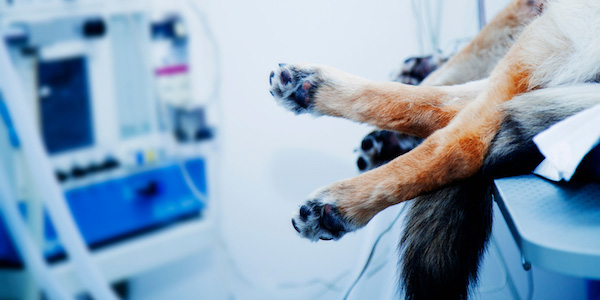
The ASPCA's Animal Poison Control Center, the pioneer in pet poison control, has handled over 4 million cases since its beginnings in 1945. In 2021, there was a 22% increase in call volumes and they received over 401,550 calls related to pet exposures to toxic substances. Many of these calls were related to common household products that are likely present in your pet's environment right now.
In 2019 the ASPCA Animal Poison Control Center helped over 232,000 animals.
These were the top 10 pet toxins reported:
Appropriate treatment for many of the common emergencies can prove very expensive. Prices obviously vary depending on the severity of the emergency, the veterinary hospital visited, the part of the country you live in, and a few other factors, but below are approximate costs you might expect for some of the common initial evaluation, stabilization, and treatments at many animal emergency hospitals.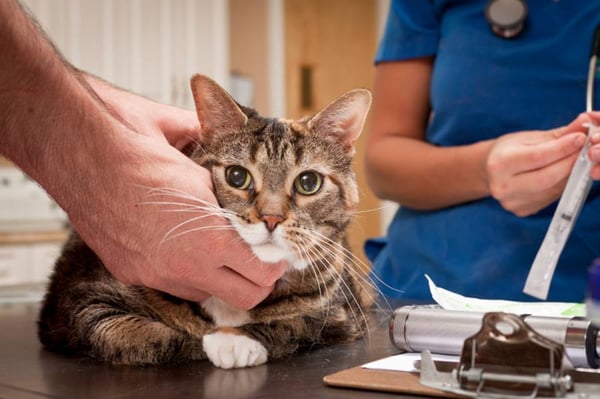
ER exam: ~ $100 – $200
IV catheter: ~ $60 – $75
IV fluids (per bag): ~ $60 – $95
Blood tests (basic): ~$80 – $200
Urine tests (basic): ~$40 – $70
X-ray (basic): ~$150 – $250
Ultrasound: ~ $300 – $600
Blood pressure measurement: ~ $25 – $75
Pain medication: ~ $40 – $80
Oxygen Therapy: ~ $500 – $3,000
Wound treatment and repair: ~ $800 – $2,500
Emergency surgery (bloat, foreign body, hit by care, caesarian): ~ $1,500 – $5,000
Hospitalization and monitoring:
1–2 days (vomiting, diarrhea, seizures cases): ~ $600 – 1,700
3–5 days (parvo, blocked cat, kidney failure): ~ $1,500 – $3,500
Pet accidents and other emergencies are common when their people are out of town. So whenever traveling without your pets, always make sure to leave them in the care and close supervision of a responsible person or company. And always be sure to fill out and leave behind a Treatment Authorization Form, so your pets can get the medical care they need in the event of an unforeseen problem when you can't be reached. When filling in the section of the form with the amount that you authorize the pet sitter or caregiver to approve in your absence, please take into account the rough minimal costs of some of the typical emergency evaluations and procedures as listed above, as well as the following common emergencies.
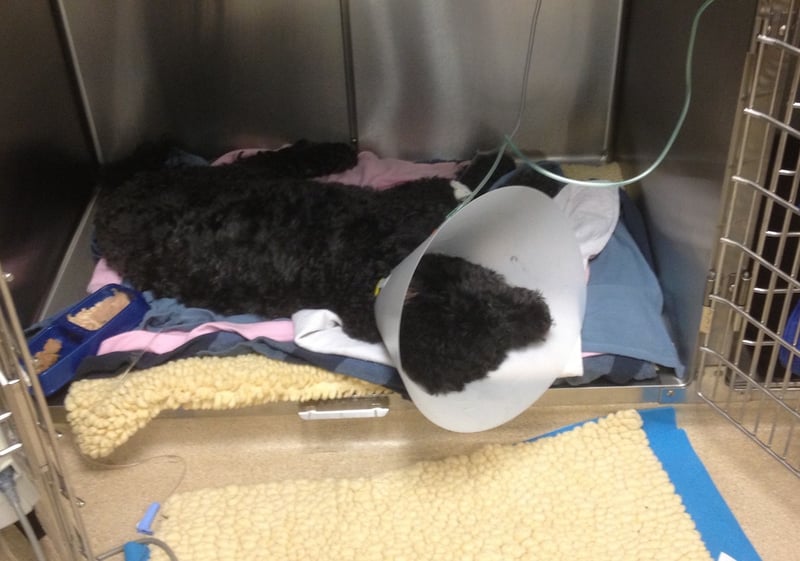
Food bloat: $500 – $1,000+
Gastric Dilatation and Volvulus (GDV): $2,000 – $7,500+
Gastroenteritis: $750 – $3,000+
Intestinal obstruction with surgery: $3,000 – $4,000+
Pancreatitis: $2,000 – $5,000+
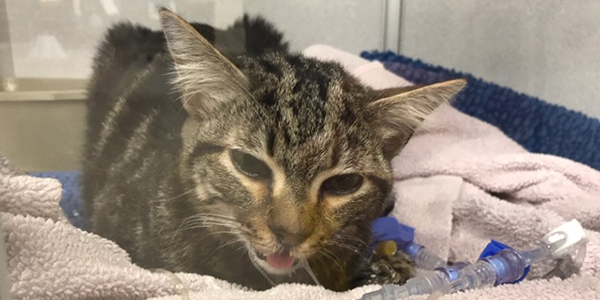
Antifreeze: $2,000 – $6,000+
Chocolate: $250 – $2,000+
Grapes & Raisins: $2,000 – $5,000+
Human antidepressant medications: $1,500 – $2,500+
Human pain medications: $250 – $2,000+
Lilies (cats only): $1,000 – $4,000+
Rat and mouse poison: $750 – $4,000+
Slug bait: $1,500 – $4,000+
Xylitol: $750 – $4,000+

Cat bite abscess: $300 – $1,500+
Dog bite wounds: $1,000 – $10,000+
Electrical cord shock: $500 – $3,000+
Heatstroke: $1,500 – $6,000+
High-rise fall: $500 – $6,000+
Hit by car: $250 – $8,000+
Urinary tract obstruction: $1,500 – $3,000+
Birthing difficulties (caesarian section): $1,500 – $3,500+
Uterine infection (pyometra): $1,000 – $3,000+
